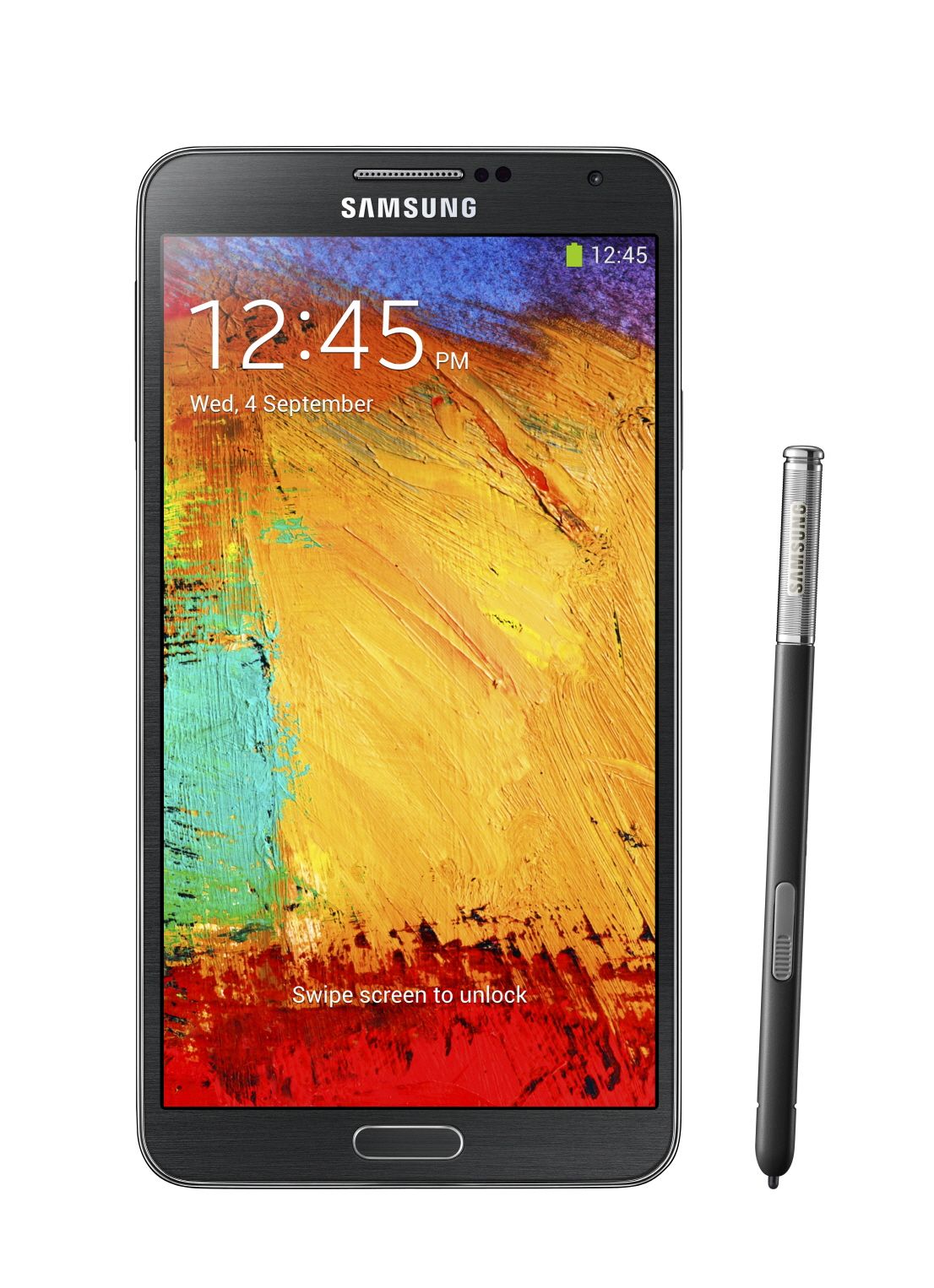A custom recovery is where most of the aftermarket magic happens in Android. Using one, you can backup your ROM, wipe your data, and of course flash a new ROM. In contrast to fastboot, recoveries can flash ROMs even on locked devices. There are some workarounds required, but it can be done.
Owners of AT&T variant of Samsung Galaxy Note 3 now have a working recovery thanks to XDA Recognized Developer Hashcode, who used a bootstrap method in order to make his fully working recovery. The method used by Hashcode differs from the standard method used in, for example, the Nexus 5. This type of bootstrap recovery preserves the /system partition and creates up to 2 “ROM slots” located on the internal eMMC area: /sdcard. Basically, the custom ROM acts like a second /system partition on the device. Once the second slot is activated, a standard TWRP-based recovery flashes all necessary files.
The size of the second partition is adjustable, but you need to remember that more slots mean less space for other ROMs. The recovery can be installed as an application and doesn't require messing with the /system partition. The development is still in alpha stage, and some bugs may be present, but it's still a great start!
If you are an AT&T Samsung Galaxy Note 3 user and want to try a custom ROM, you should consider heading over to the development thread and Hashcode's blog for more information.
[Big thanks to XDA Forum Member dirtydroidx for the news tip!]

